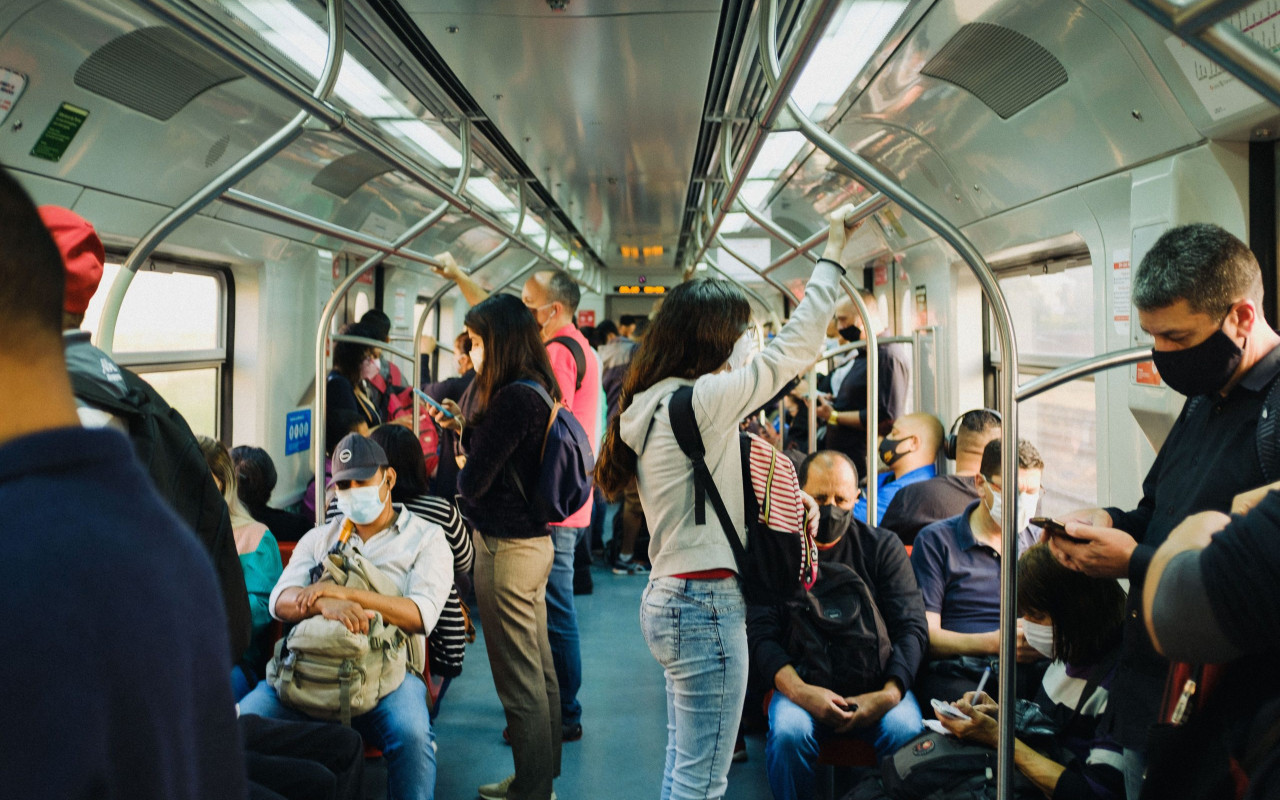-
IoT Knowledge Base
Learn the key concepts you need to know. Without the technical jargon.
-
IoT Reports & Guides
In-depth research, white-papers and guides from Pelion.
-
Blog Articles & News
The latest insights on industry trends, best practices, and Pelion announcements.
-
Events & Webinars
Upcoming events, online sessions, and expert-led webinars
-
About Us
Our mission, values, team, and the solutions we offer in the IoT space.
-
The Team
Meet our team behind Pelion's effortless connectivity.
-
Careers
Job opportunities, company culture, and the benefits of joining our team.
-
Sustainability
Our commitment to environmentally responsible practices.
-
Contact Support
-
Contact Us
- Blog Articles & News
- Smarter public transport in a post-COVID world, powered by IoT
Smarter public transport in a post-COVID world, powered by IoT
November 16, 2021 — 3 min read

As more and more passengers step back onto their usual buses and trains with confidence, public transport providers are facing a range of new challenges. The “old ways” of managing passenger capacity, travel frequency and service coverage from the pre-COVID days are outdated. How do they tackle these concerns and embrace the new normal? For many, the capabilities offered by transport-based IoT are an ideal solution to a growing problem.
The benefits of connected transport
When the pandemic first started rippling across the globe, public transport became a crucial tool for key workers but also a difficult environment for providers to monitor and control. Smart IoT solutions deployed throughout stations and bus stops allowed for a range of powerful capabilities in the fight against the spread of Covid.
What the future holds
Balancing increased scrutiny and more rigorous protocols with the rising number of passengers returning to stations and vehicles will continue to be a huge challenge for public transport. While the current solutions outlined above have revolutionized the industry in a number of ways, even more innovation will be needed in the coming years.
Control systems which strictly monitor passenger capacity, notifying station managers where routes may be increased to accommodate travelers in a more Covid-safe way, could become widely deployed and powered by IoT. Smart connected barriers could be introduced to help encourage physical distancing at stations or bus stops. Greater prevalence of IoT-connected ticketing and signage could mean reduced contact between travelers and transport staff. Monitoring of cleaning frequency and measuring hand sanitizer levels would allow for a greater sense of security for travelers who may be more than a little concerned about returning to public transport.
Pelion makes it simple
The public transport sector has embraced the technological advancements provided by IoT, but many providers are still lagging behind. A common barrier to adoption is lack of IoT expertise in-house, causing confusion about where to start, delaying development cycles, and contributing to stakeholder hesitancy.
At Pelion, we’ve been a partner for a range of transport companies for many years, offering the knowledge and guidance to make IoT simple and accessible. Here’s what they had to say about their experience:
“Through the connectivity provided by Pelion we are able to provide dozens of on-board services to our business and our customers. Connectivity for our train fleet enables remote monitoring of engineering systems, the provision of on-board retail as well as on-board entertainment, passenger WiFi and real time train running information for our customers and colleagues.”
– David Wilson, IS Service Delivery Manager, Virgin Trains
“Pelion has a comprehensive understanding of the telecoms industry which has led to frictionless implementation in the dynamic and challenging environment of public transport.”
– Philip Lock, Project Manager, Lothian
If you are interested in learning more about how Pelion can help connect your business, you can find out more here or get in touch with the team.